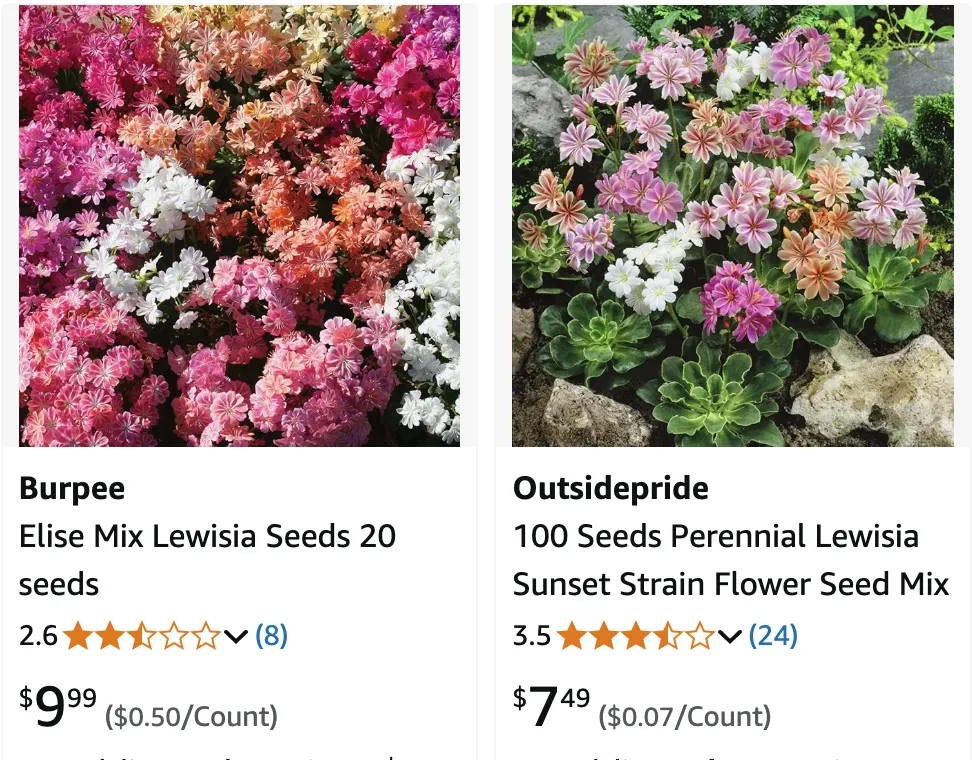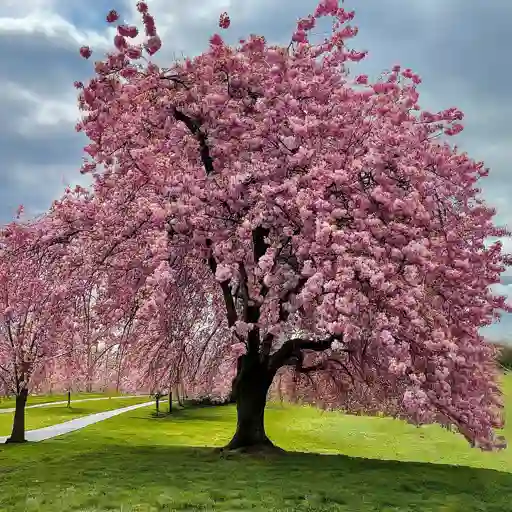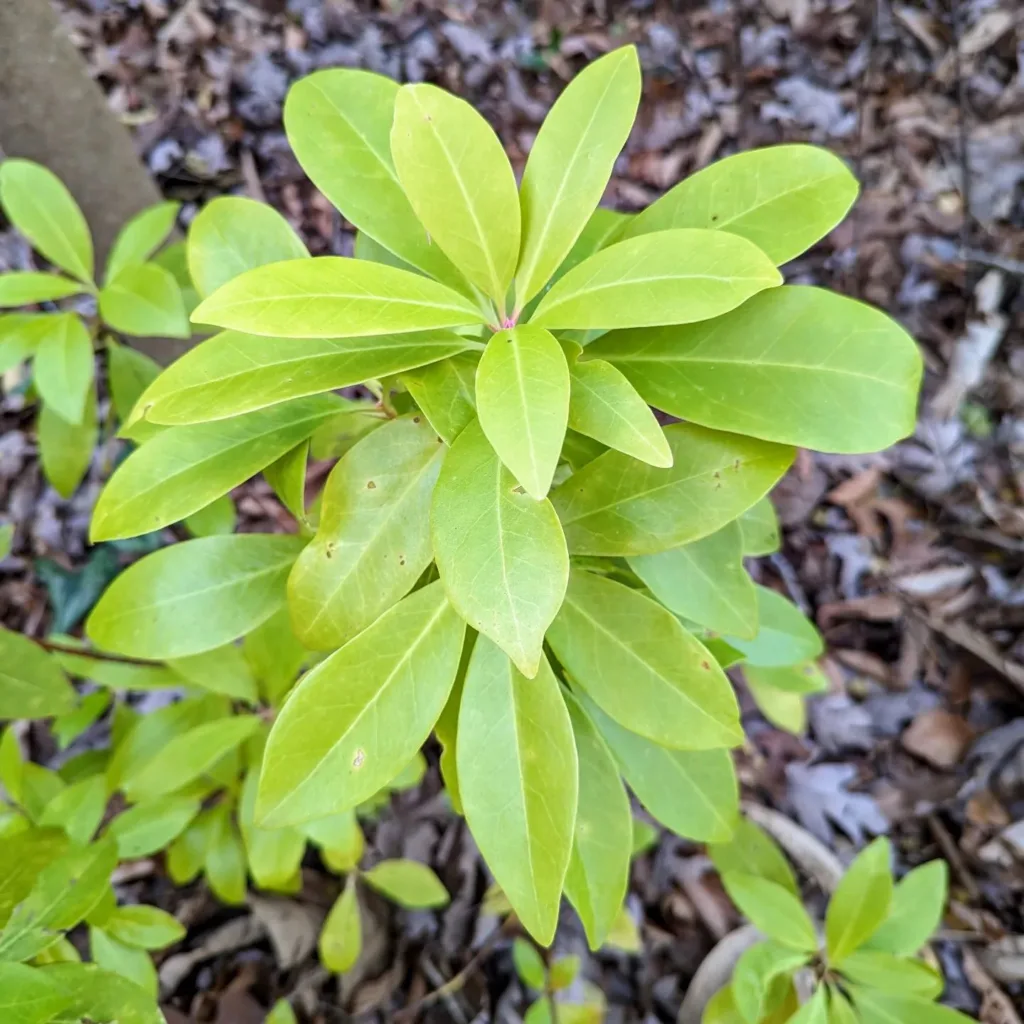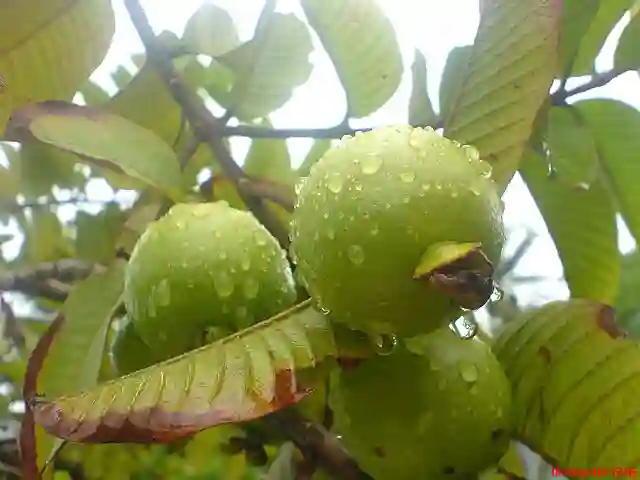
October 10 – Lewisia
"Lewisia, the cliff-dweller, represents October 10."
Lewisia symbolizes perseverance and beauty. You thrive in tough environments, inspiring strength. Like its blooms in rocky terrain, you find grace in challenges.
My Love Affair with Lewisia
I’m Ferb Vu, and I have a confession to make: I’m utterly captivated by Lewisia belong to the Montiaceae family. This genus of flowering plants, native to western North America, has stolen my heart with its resilience, diversity, and sheer beauty. From the high alpine slopes to the dry, rocky canyons, Lewisia thrives where few other plants dare to grow. It’s a testament to nature’s artistry, a symbol of endurance, and a constant source of fascination for me.
My first encounter with Lewisia was purely accidental. I was hiking through a national park, the sun beating down on me, when I stumbled upon a patch of these vibrant flowers clinging to a rocky outcrop. Their delicate petals, in shades of pink, orange, and white, seemed to glow against the harsh landscape. I was mesmerized.
Since then, I’ve made it my mission to learn everything I can about this remarkable genus. I’ve poured over botanical texts, scoured online forums, and even experimented with growing Lewisia in my own garden (with varying degrees of success, I must admit).
A Closer Look at Lewisia
What makes Lewisia so special? For starters, it’s a survivor. These plants have adapted to thrive in some of the most challenging environments imaginable. Their succulent leaves store water, allowing them to withstand drought, while their deep root systems anchor them to rocky slopes.
But Lewisia is more than just tough. It’s also incredibly diverse. The genus boasts around 20 recognized species, each with its own unique characteristics. Some, like Lewisia cotyledon, are known for their showy, rosette-forming leaves and vibrant flowers. Others, like Lewisia rediviva, have a more understated beauty, with delicate blooms emerging from a fleshy taproot.
- Lewisia brachycalyx Engelm. ex A.Gray
- Lewisia cantelovii J.T.Howell
- Lewisia columbiana (Howell ex A.Gray) B.L.Rob.
- Lewisia congdonii (Rydb.) S.Clay
- Lewisia cotyledon (S.Watson) B.L.Rob. Plant FAQs: Lewisia Cotyledon
- Lewisia disepala Rydb.
- Lewisia kelloggii K.Brandegee
- Lewisia leeana (Porter) B.L.Rob.
- Lewisia longipetala (Piper) S.Clay
- Lewisia maguirei A.H.Holmgren
- Lewisia nevadensis (A.Gray) B.L.Rob.
- Lewisia oppositifolia (S.Watson) B.L.Rob.
- Lewisia pygmaea (A.Gray) B.L.Rob.
- Lewisia rediviva Pursh
- Lewisia sacajaweana B.L.Wilson
- Lewisia stebbinsii Gankin & W.R.Hildreth
- Lewisia × whiteae Purdy
The Challenges of Cultivation
Growing Lewisia can be a rewarding but challenging experience. These plants require excellent drainage and don’t tolerate soggy conditions. In my own garden, I’ve found that raised beds and gritty soil mixes are essential for success.
Another challenge is providing the right amount of sunlight. While Lewisia needs sun to thrive, it can also be susceptible to scorching in hot climates. I’ve learned to provide some afternoon shade for my plants, especially during the summer months.
Despite these challenges, I find the effort to be worthwhile. There’s nothing quite like seeing a Lewisia burst into bloom in my own garden. It’s a reminder of the resilience of nature and the rewards of patience.
The Beauty of Resilience
For me, Lewisia represents more than just a beautiful flower. It’s a symbol of perseverance, a reminder that beauty can thrive even in the harshest conditions. In a world that often feels chaotic and unpredictable, Lewisia offers a sense of stability and hope.
I believe that we can all learn something from this remarkable plant. By embracing our own resilience and adapting to challenges, we can find ways to flourish, even in the face of adversity. Just like Lewisia, we can find strength in unexpected places and discover beauty where others might see only hardship.
My journey with Lewisia is far from over. I’m eager to continue exploring this fascinating genus, learning more about its biology, and experimenting with new cultivation techniques. I’m also excited to share my passion with others, encouraging them to discover the beauty and resilience of Lewisia for themselves.
After all, the world could always use a little more beauty, a little more resilience, and a lot more Lewisia.
If i die, water my plants!



